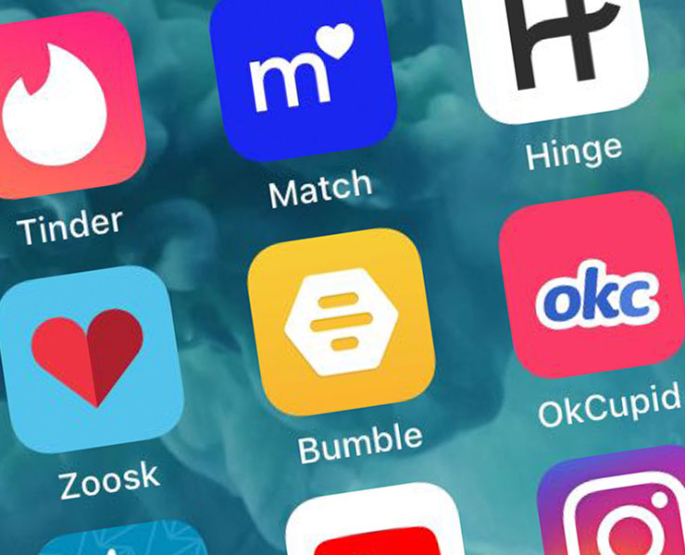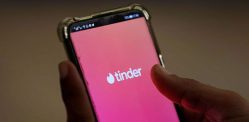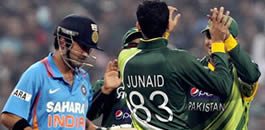"The young are dropping their inhibitions"
Dating apps are revolutionising romance in India, where arranged marriages are prevalent.
Casual relationships are still not socially accepted, but millennials are challenging the norms to seek love and companionship online, not necessarily with the intention of marrying.
Apps like Tinder, Bumble and Hinge are helping people pair with partners of their choice.
According to Statista, the online dating segment’s turnover in India is expected to reach $783 million by 2024.
This will make India the second-largest national revenue generator for dating apps after the United States.
This is due to India’s growing access to smartphones, with a smartphone penetration rate of around 760 million.
Much of this is due to India’s 400 million millennials.
During the pandemic, the dating app market grew as millions stayed at home.
Dating apps currently reach 2.2% of India’s total population, with projections of 3.6% by 2024.
QuackQuack is an Indian dating app that was launched in 2010. It boasts 12 million users with nearly 15 million chat exchanges per month.
Jitesh Bisht, CEO of another Indian dating app, HiHi, says there has been a strong response to the app.
It aims to “build a thriving community of young, energetic and dynamic users engaging with each other on a safe, secure and clutter-free platform”.
India’s lockdowns have resulted in a more online life, which has boosted the industry.
According to Ravi Mittal, founder of QuackQuack, the pandemic has seen “more and more millennials investing their time in forming stronger emotional bonds with their potential matches online”.
Before the internet, young adults would meet the opposite gender mostly with the intention to marry.
They developed into interactions through matrimonial sites. But now, forging relationships that don’t always end in marriage are becoming more common.
Dating platforms have a more liberal approach to relationships based on users’ shared lifestyles rather than community.
This resonates better with the young.
Sociologist Bhavna Kapoor said: “Indian society is in a churn.
“Rising education and financial independence among the youth, especially women, are making online dating more popular.
“The young are dropping their inhibitions to look for like-minded companions, a dramatic shift from the time [when] arranged marriages were the only way to tie the knot.
“Also the youth these days are far busier [and so do not have time] to cultivate a large social circle or to find dates offline.”
Despite the changes, app founders are adapting their products to the needs of the relatively conservative Indian market.
Anukool Kumar, marketing director of OkCupid, said:
“We realise that India is culturally different and diverse, and what matters to the Indian singleton might not matter to someone in the West.”
According to Anukool, 92% of OkCupid’s users feel their values differ vastly from their parent’s.
He continued: “The loosening of social strictures around gendered roles in relationships is reflected nowhere more clearly than on dating apps.
“As the dating scenario in India evolves, more people will turn to dating apps to find love and companionship.”
Indian parents are also learning to become more tolerant to relationships.
Priti Nagpal’s son got married after dating for two years. She said:
“Me and my husband had an arranged marriage, but our children want to ensure they share the same interests, values, professional ambitions and even political ideologies with their partners.
“Slow dating helps them widen their choices.”
It is not just young people from big cities who are driving change. App executives say there has been a lot of demand from smaller communities.
Ravi Mittal said: “Most of our users come from [midsize] tier-two cities.
“The platform added 3.4 million new users last year, with 70% coming from tier-two and [smaller] tier-three cities.”
During India’s national lockdown, QuackQuack saw 70% of new users from smaller cities, while only 30% were from India’s biggest cities.
TrulyMadly, which has more than eight million registered users, also said it is recording higher revenue from tier-two and tier-three cities.
App founders say the boom is down to the fact that not all users are seeking love or relationships.
A HiHi executive said: “We’ve noticed that many users download the apps just to be part of shared experiences with their friends and peers or the new and popular global trend.”
Bumble said that more Indian women have made the first move on the app.
According to a QuackQuack Valentine’s Day survey in 2021, 75% of female users from big cities and 85% of female users from tier-two cities were keen to meet their online Valentine dates, compared with 55% of male users in big cities and 65% in tier-two cities.
Bhavna Kapoor added: “The main reason why dating apps are thriving in India is because they’re helping break conventional barriers, providing people with more choices, control and liberty.
“They are playing the role of modern-day cupids.”






























































